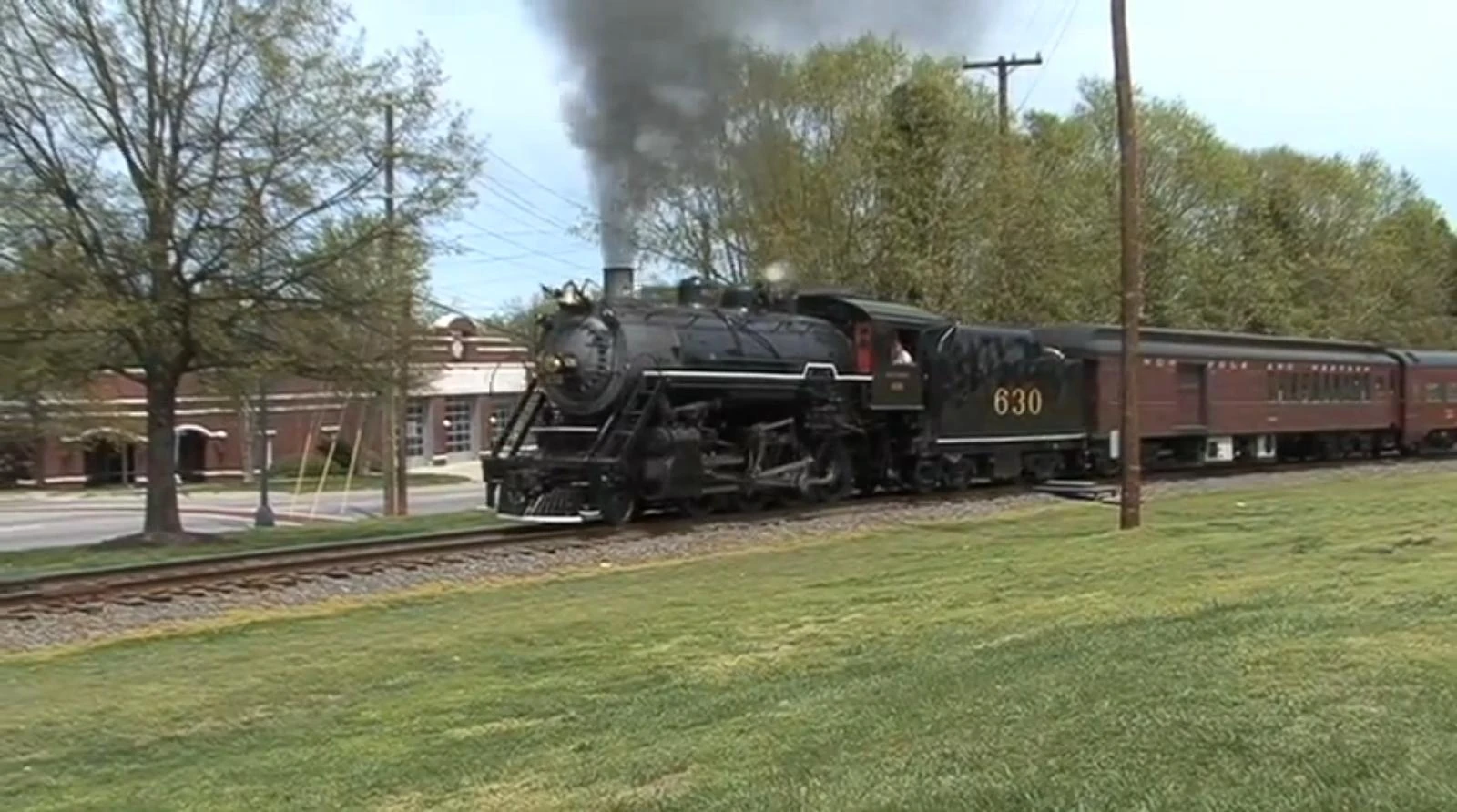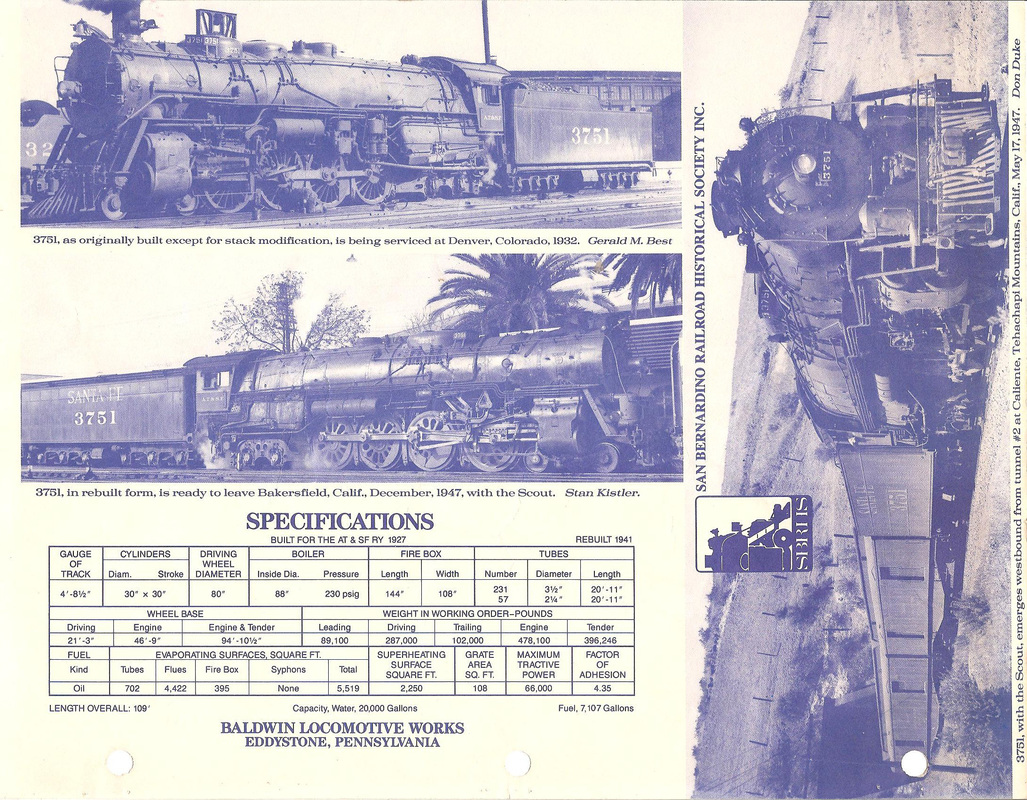
-------------------------------------------------------
> I also vaguely remember both in my 'wee bairn'
> days in Pasadena. If anyone has the old Audio
> Fidelity recording of the 3759's trip
> LA-Barstow-LA or Pentrex's DVD of that trip the
> 3759 also had a five-chime. I agree the six-chime
> is way better. BTW, tell me if I'm wrong, but the
> Audio Fidelity record was a really bad makeover of
> one side of the 'Whistles West' recording. Audio
> Fidelity tried to 'sex up' the audio with a lot of
> echo work and it pretty much ruined it. No matter,
> all of us hungry for steam back then put our good
> taste aside just to hear the sound of a steam
> locomotive.
> Have fun, be safe,
> Bruce 'Doc' Jones, Sierra Madre CA
I grew up listening to 3759's whistle. I happen to like it better. I think there is an art to playing the whistle which you can clearly hear on the recording of 3759. I have yet to hear anybody play the whistle like the engineer did on 3759. He had an art that engineers now days do not posses.
The current engineers could learn a thing or two from Clyde Kyer, Howard? Art Murdock and the crew of 3759. That is my 2 cents worth.

Santa Fe TMCC Scale 4-8-4 Northern #3751. This all-new Lionel locomotive marks the first O gauge model of this steam survivor, Santa Fe #3751. First built in 1927, the 4-8-4 Northern type hauled the signature passenger trains of the Atchison, Topeka & Santa Fe Railway. After a distinguished 26 years of service and later decades as a dormant. Engine 3751 is the oldest surviving locomotive of its type in the world. Engine 3751 was initially designed as a coal burner and in 1936 it was converted to oil at the San Bernardino Shops of Santa Fe. The highest recorded speed of this locomotive was 103 miles per hour.
In May of 1927, the Santa Fe Railway took delivery of Engine 3751 from the Baldwin Locomotive Works of Philadelphia (with the builder's number 60004). This was Santa Fe's first 4-8-4 engine (this meant that the locomotive had 4 small pilot or leading wheels followed by 8 large driving wheels and then 4 more small trailing wheels). Engine 3751 is the oldest surviving locomotive of its type in the world.
Engine 3751 was initially designed as a coal burner and in 1936 it was converted to oil at the San Bernardino Shops of Santa Fe. The highest recorded speed of this locomotive was 103 miles per hour.
It pulled the last steam powered passenger train in 1953 and was officially retired four years later when it was donated to the City of San Bernardino. The City then put it on static display at Viaduct Park, located at 2nd Street and Mt. Vernon Avenue.
Spybot seek destroy free.
Engine 3751 at Viaduct Park, March 25,1959
(Lloyd Neal Collection)
In the mid 1980's, Engine 3751 was sold to the San Bernardino Railroad Historical Society (SBRHS) for one dollar with the understanding that the engine be restored and operated.
In 1991, Engine 3751 returned to operation as a steam locomotive, pulling a freight train from San Bernardino to Los Angeles.

In 1995, Engine 3751 became the last locomotive that was serviced at Santa Fe's San Bernardino Yards before Santa Fe moved its operation to Kansas.
Over the years, Engine 3751 has been stored in several locations and has participated in several events throughout the country.
Atsf Railroad Map
On June 12, 2004, Engine 3751 pulled a series of passenger cars from its current storage location in Los Angeles to San Bernardino to participate in the rededication of the fully restored 1918 Santa Fe Depot.




